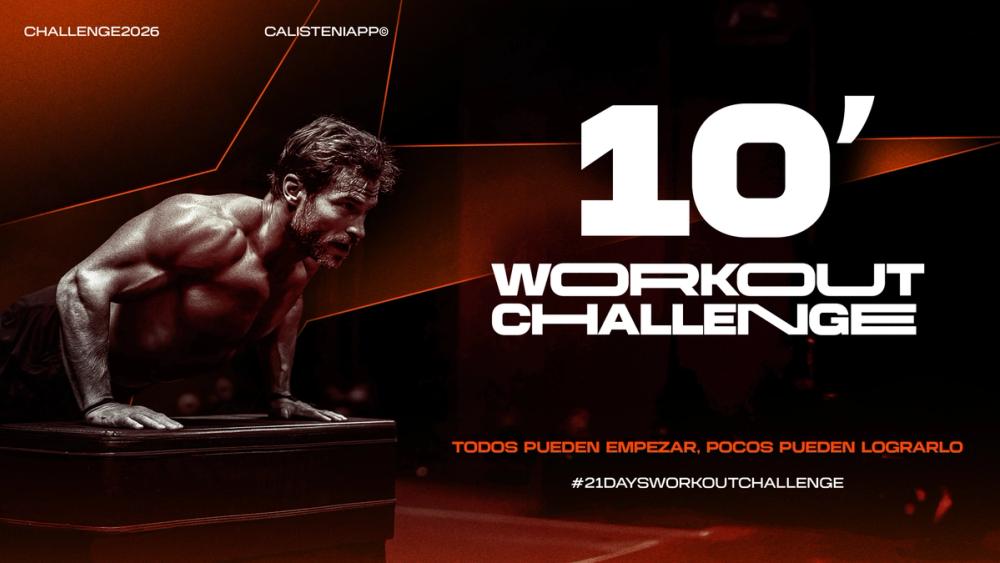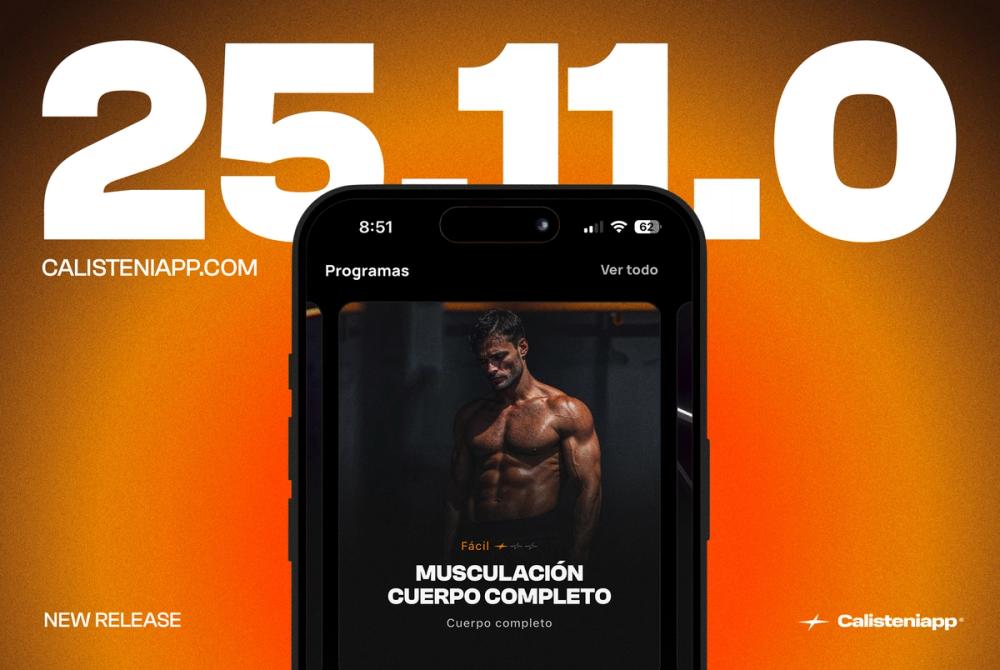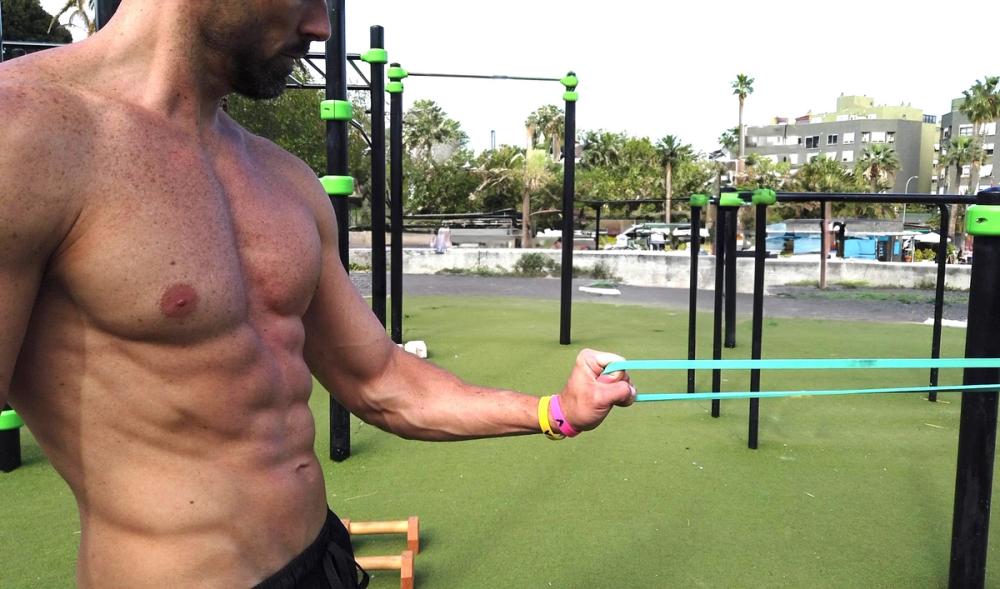
Calisteniapp 10' Workout Challenge
Start training or give your routines a boost with this 21-day Calisthenics challenge for all levels that will put your discipline to the test.

In the world of calisthenics training, resistance bands are a popular tool often used to assist with basic and tension-based exercises like pull-ups, dips, muscle-ups, planches, and front levers. But are they really effective, or could they actually be holding back your progress more than helping it? In this article, we'll take a closer look at the pros and cons of using resistance bands in calisthenics.
What are resistance bands really for?
When used correctly, resistance bands offer some clear benefits.
First, they help you get familiar with the exercises.
If you're new to calisthenics or working on mastering challenging movements like the muscle-up or the planche, bands can help you better understand the proper technique. By experiencing the movement with some assistance, you’ll internalize the mechanics faster.
Second, they allow you to refine your technique.
For advanced tension exercises like the planche or front lever, bands make it easier to focus on technical details—like scapula positioning, posterior pelvic tilt, and shoulder and hip placement—without completely exhausting yourself. This can be key to improving your form without worrying so much about your current strength level.
Third, they provide extra motivation.
Successfully performing assisted movements can be a big mental boost. Feeling how the movement should flow may give you the psychological push you need to keep training consistently and stay committed to your goals.

The downsides of using resistance bands
While useful, resistance bands also come with important drawbacks.
The biggest one is the false sense of progress.
Bands offer the most assistance right where the exercise is hardest. This can create the illusion that you're closer to mastering the movement than you actually are. When you remove the band and attempt the exercise on your own, frustration can hit hard when you realize your real progress isn’t quite there yet.
They also change your center of gravity.
Bands can subtly—or sometimes noticeably—alter your body's position during exercises. This means you might be practicing with a form that's slightly different from what you'll need when doing the movement unassisted, making the transition to full versions more difficult.
Another issue is lower effective intensity.
Especially if you're using thick bands or stacking multiple ones together, the real challenge of the exercise drops a lot. This can trick you into thinking you're training hard, when in reality, you're not pushing your limits as much as you should.
Finally, they can make you ignore the importance of bodyweight.
Calisthenics is all about mastering your body. If you rely too much on bands, you might overlook the need to maintain a healthy and balanced bodyweight. Excess weight makes advanced movements like the muscle-up significantly harder, so frequent band use can hide this reality and reduce your motivation to stay in optimal condition.

How to use resistance bands correctly
To make the most of bands without falling into their pitfalls, follow these tips.
Use them as a complement.
Don’t make bands the core of your routine. Instead, use them occasionally to work on technical aspects or to familiarize yourself with difficult moves.
Prioritize unassisted work.
The bulk of your training should be done without bands. Stick to simpler progressions, isometric holds, or exercises like Australian pull-ups to build real, functional strength.
Choose the right bands.
Use the thinnest band possible—just enough to help you perform the movement properly without making it too easy.
Conclusion
Resistance bands can be a great addition to your calisthenics training when used strategically. Take advantage of their technical and motivational benefits, but don’t fall into the trap of becoming dependent on them. Remember, true calisthenics mastery comes from controlling your body through strength, technique, and consistency—without relying on external aids.
Train smart and you’ll progress much faster!
If you need training programs for planche, front lever, your first pull-up, or your first muscle-up, you can find them on Calisteniapp. Check them out here!
By Yerai Alonso

Yerai Alonso
Cofundador de Calisteniapp, referente en calistenia y el street workout en Español. Con más de una década de experiencia, es creador de uno de los canales de YouTube más influyentes del sector. Autor del libro La calle es tu gimnasio, campeón de Canarias y jurado en competiciones nacionales e internacionales.
Join our newsletter
Learn everything you need to know about calisthenics

Start training or give your routines a boost with this 21-day Calisthenics challenge for all levels that will put your discipline to the test.

Calisteniapp is a symbol that represents our obsession with excellence, our essence, and the path we want to define for the next ten years.

Descubre los mejores ejercicios de antebrazo para calistenia. Mejora fuerza, agarre y control corporal con entrenamientos efectivos sin pesas.
